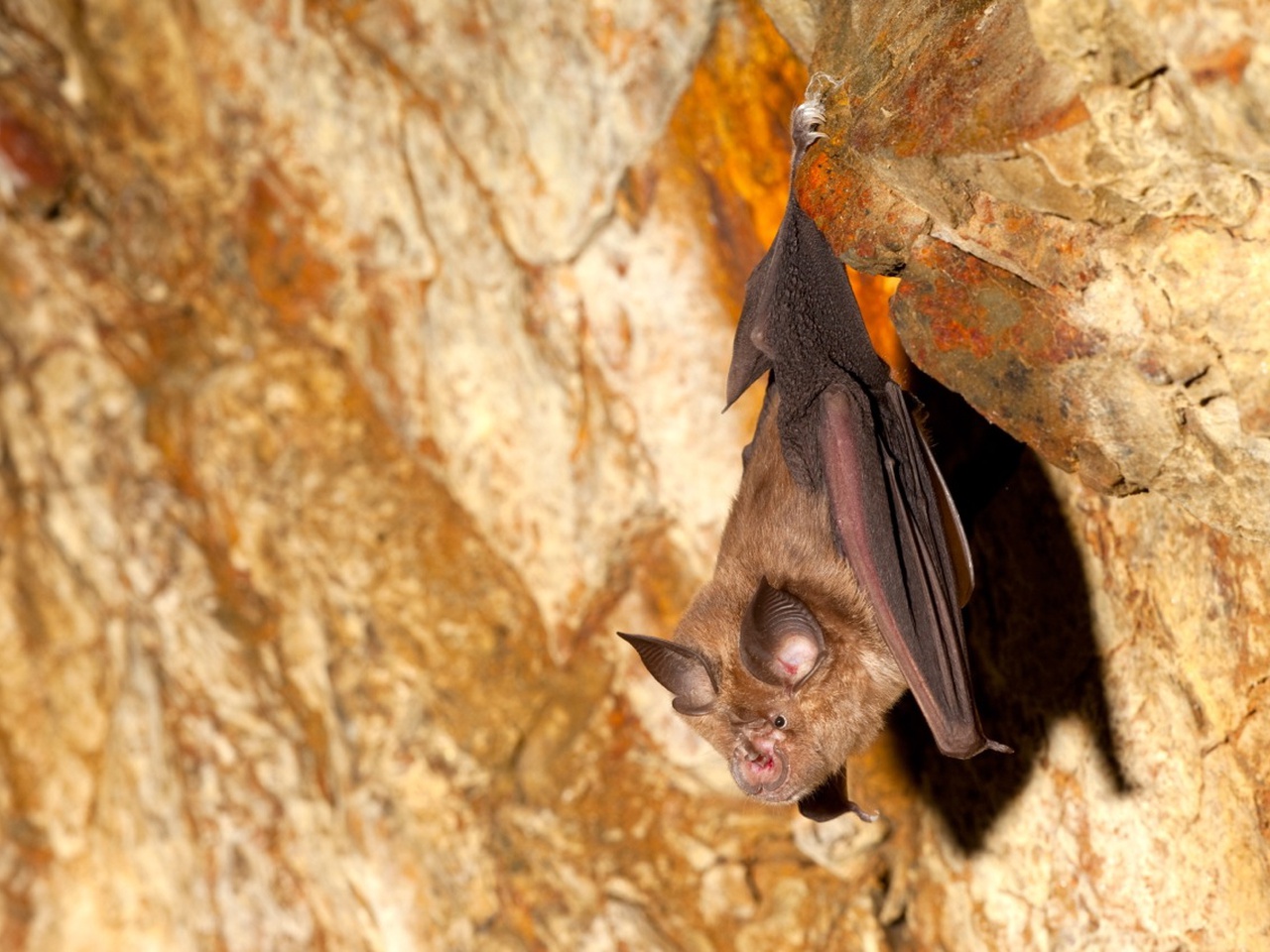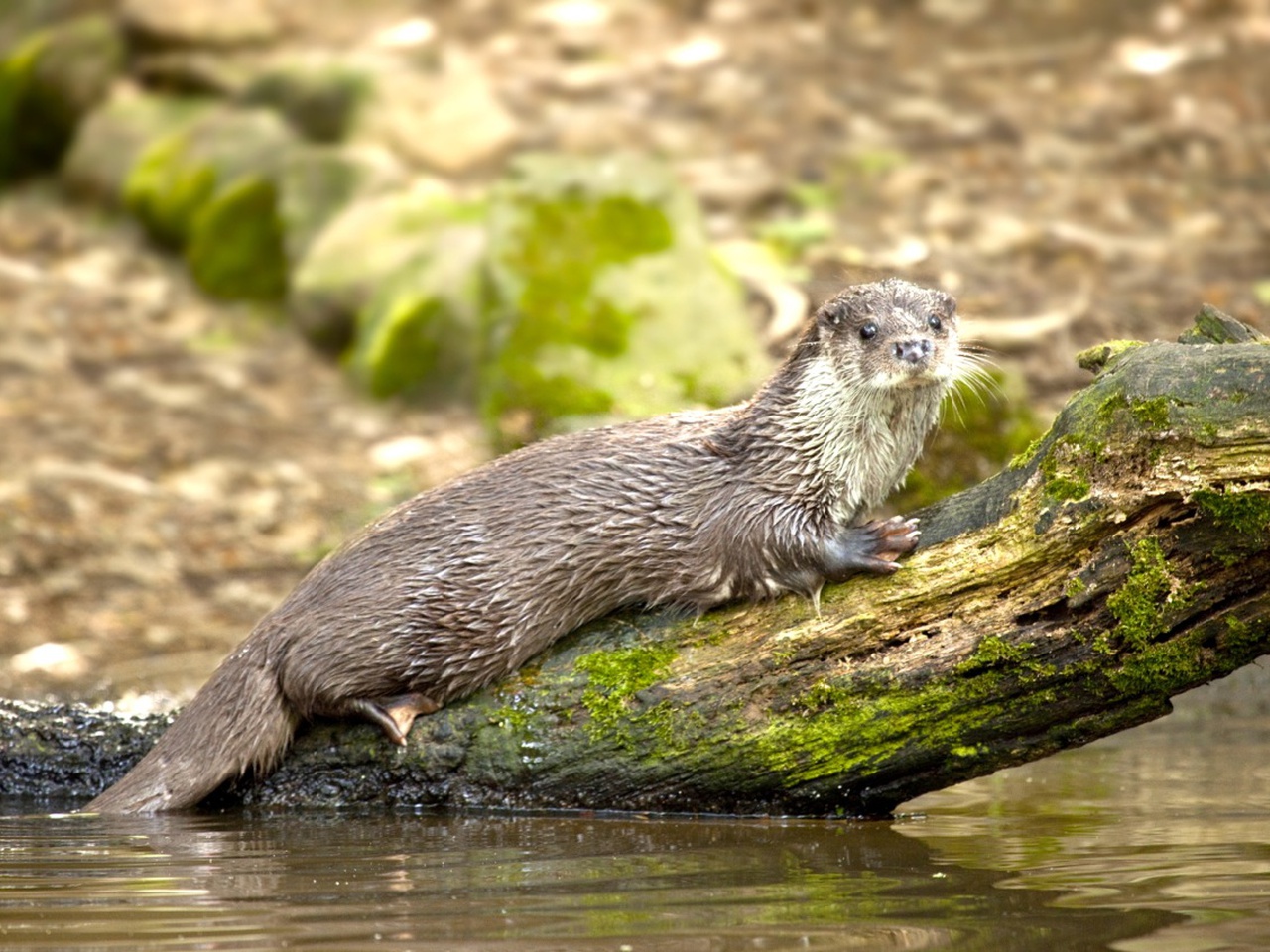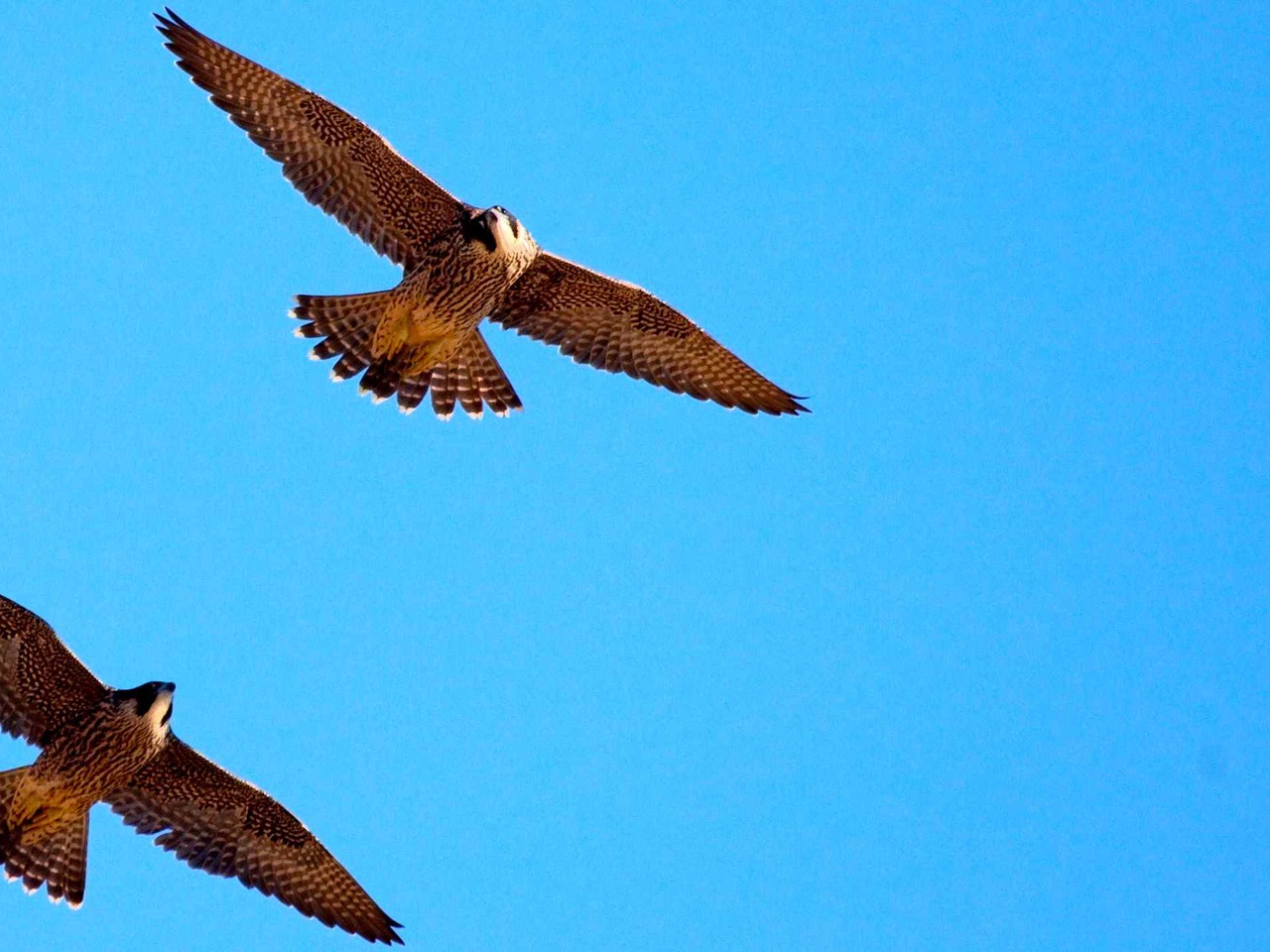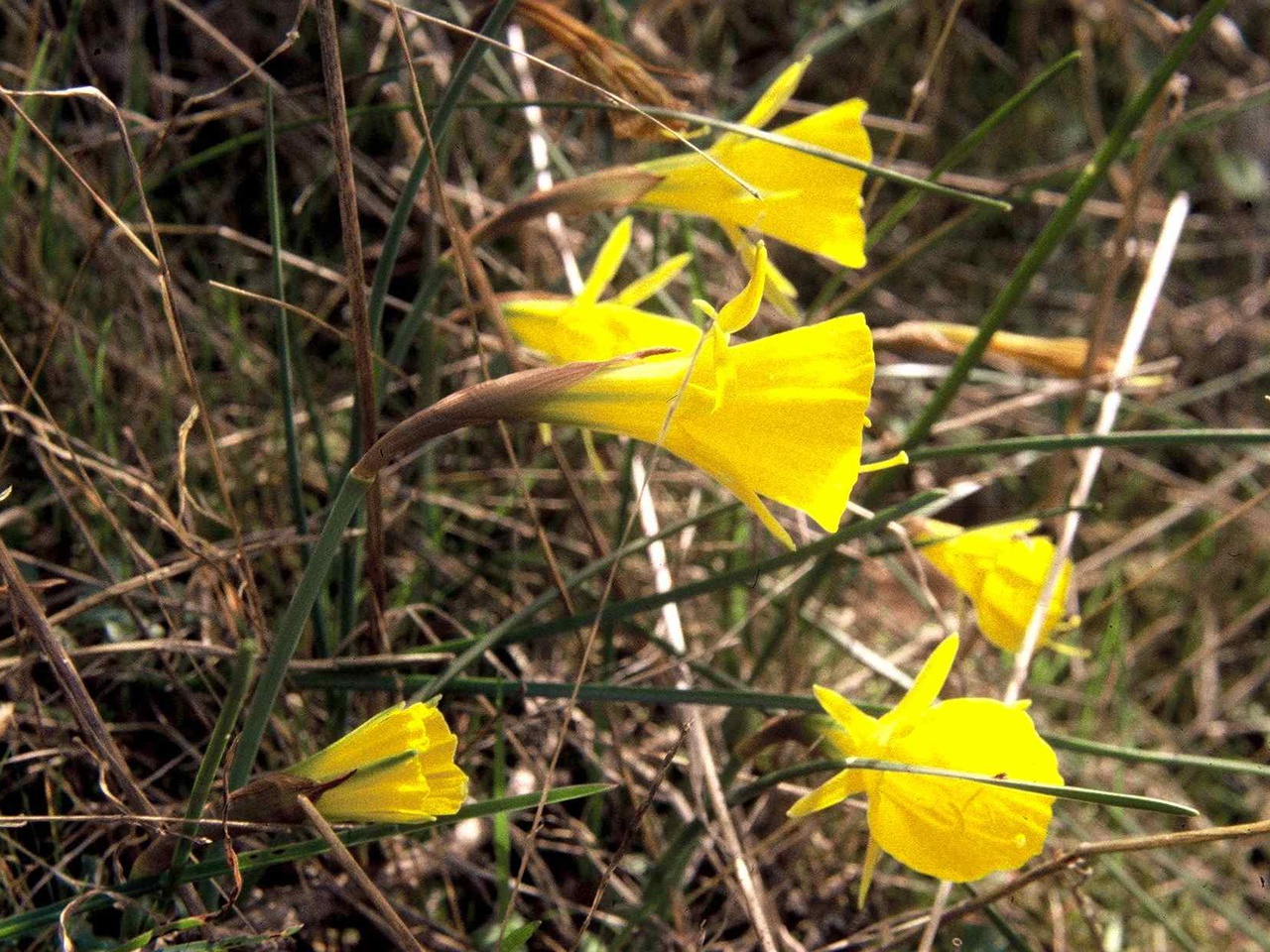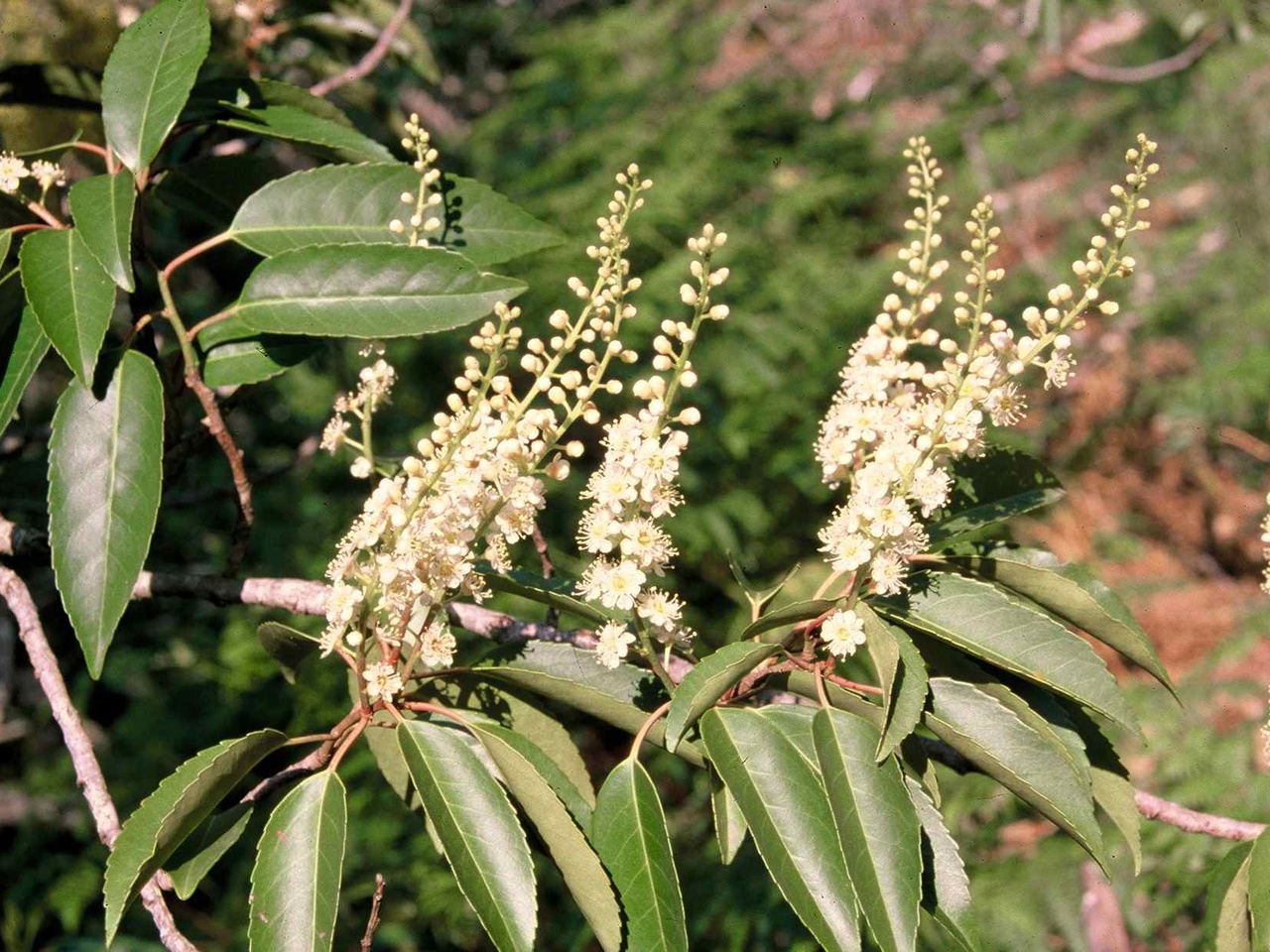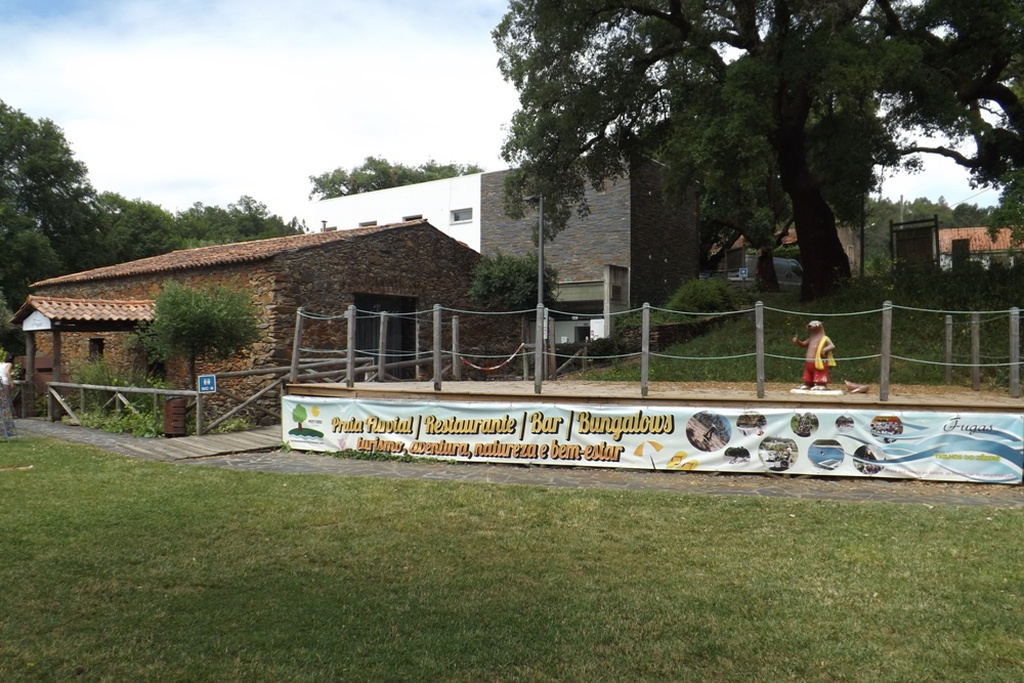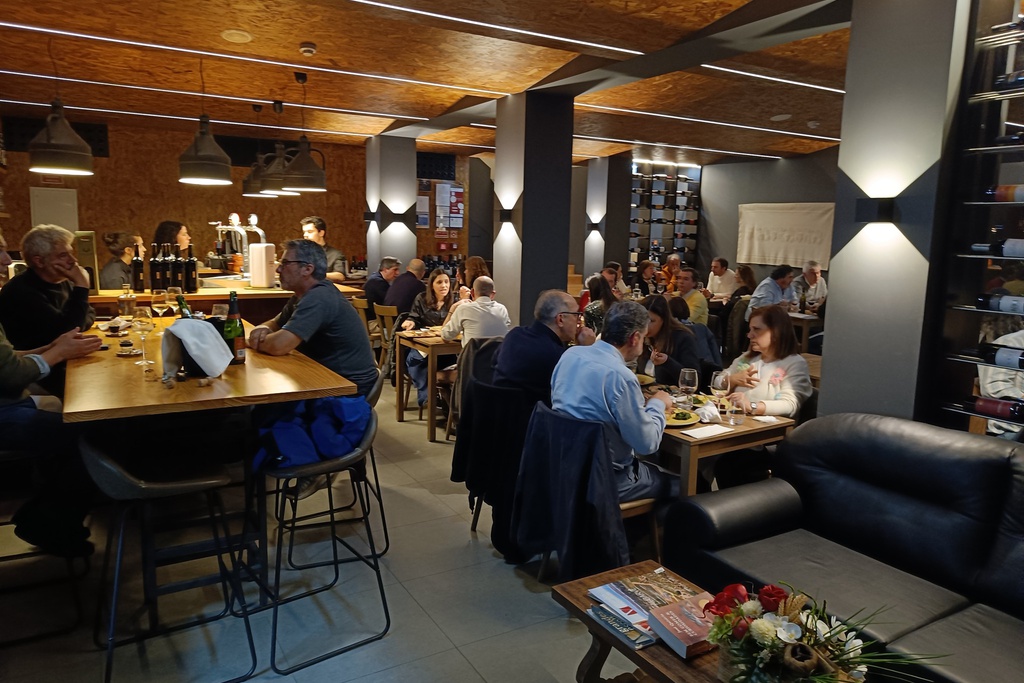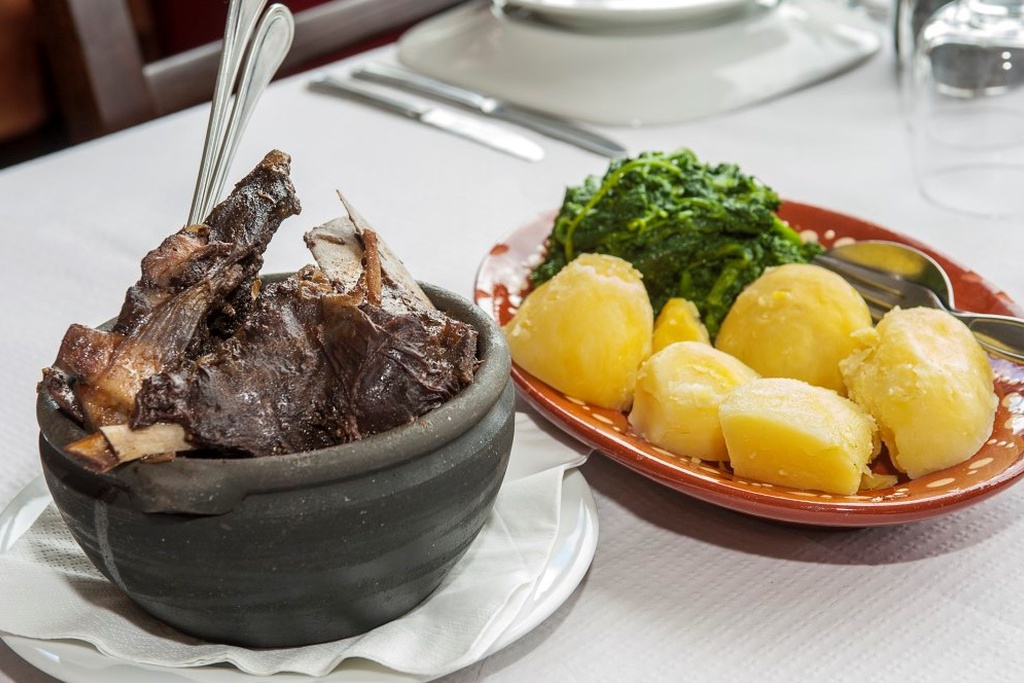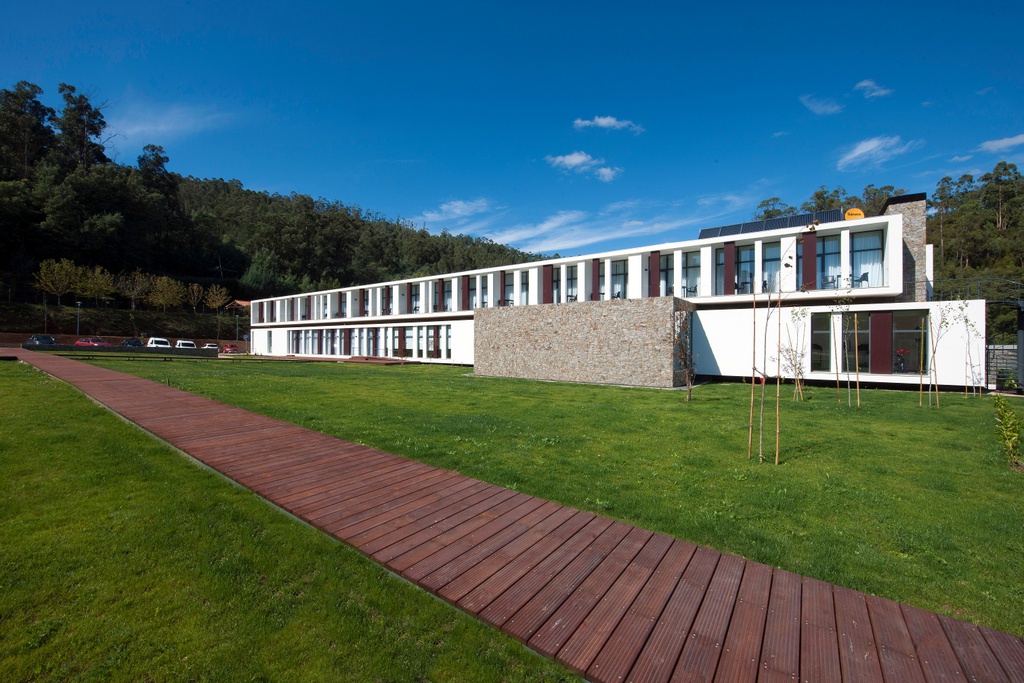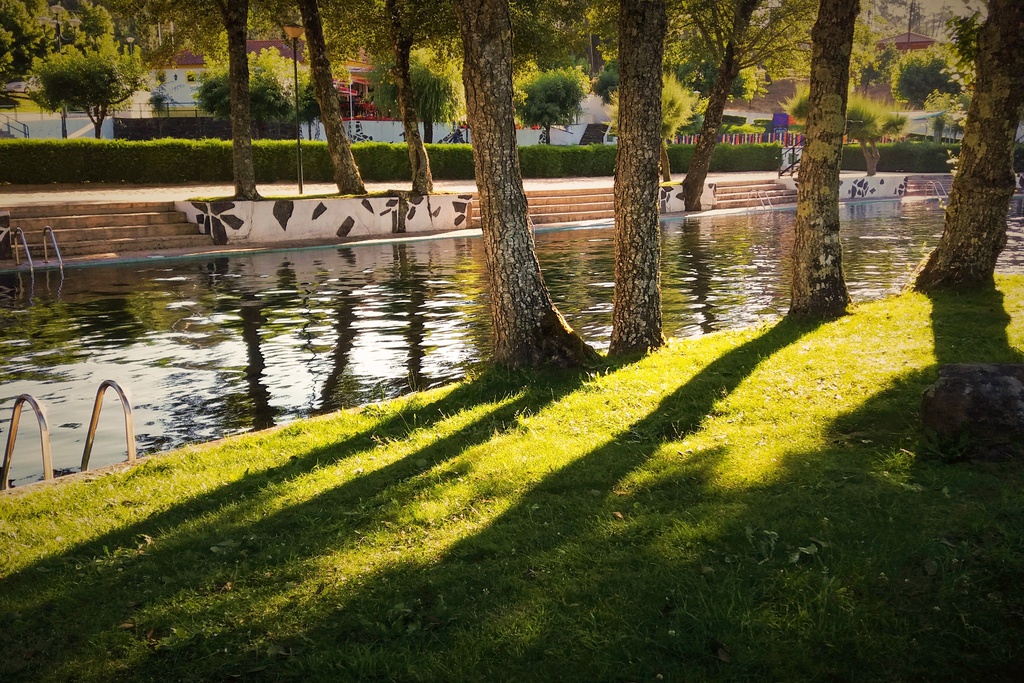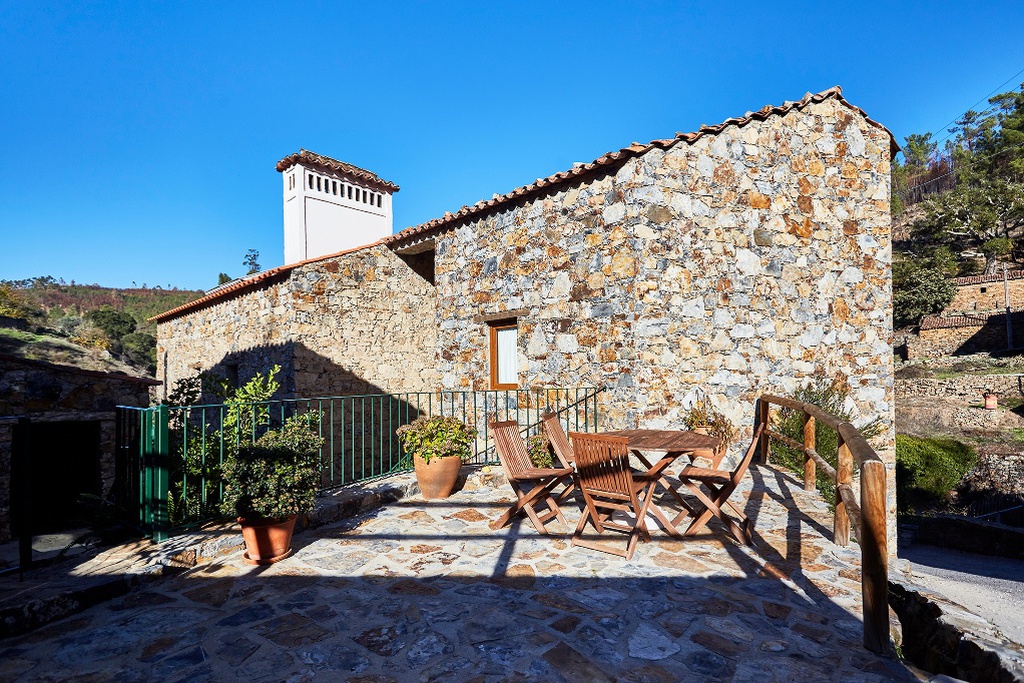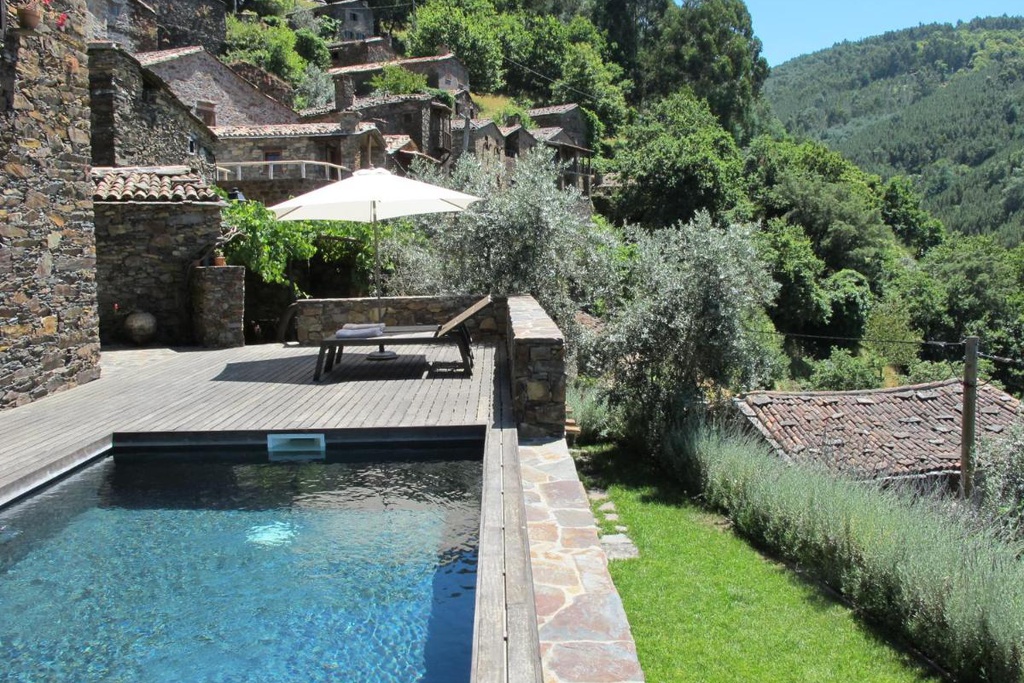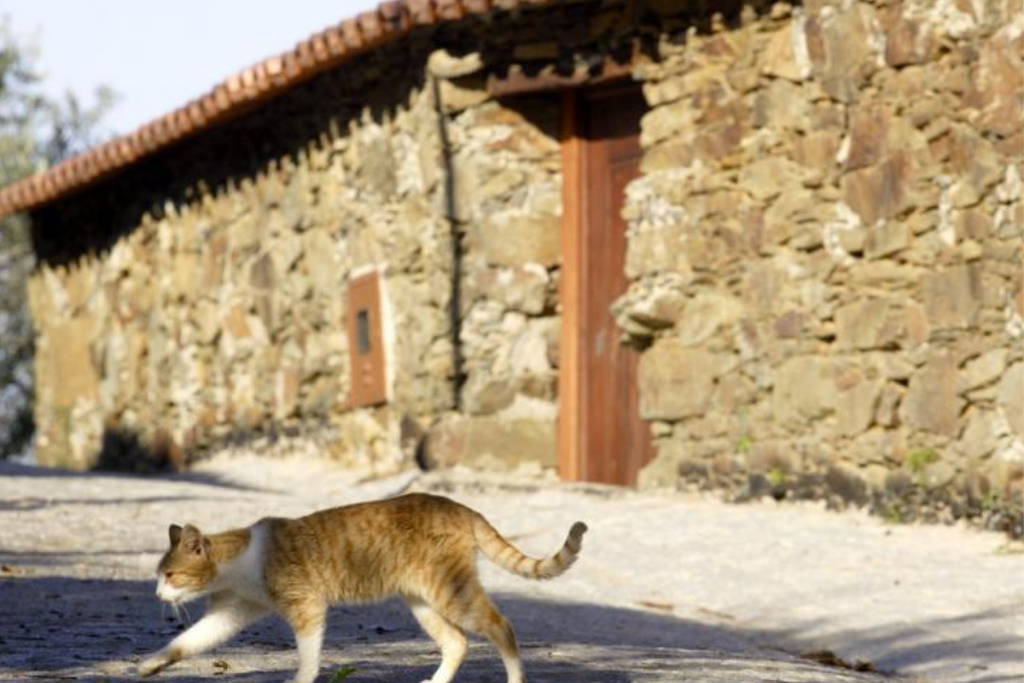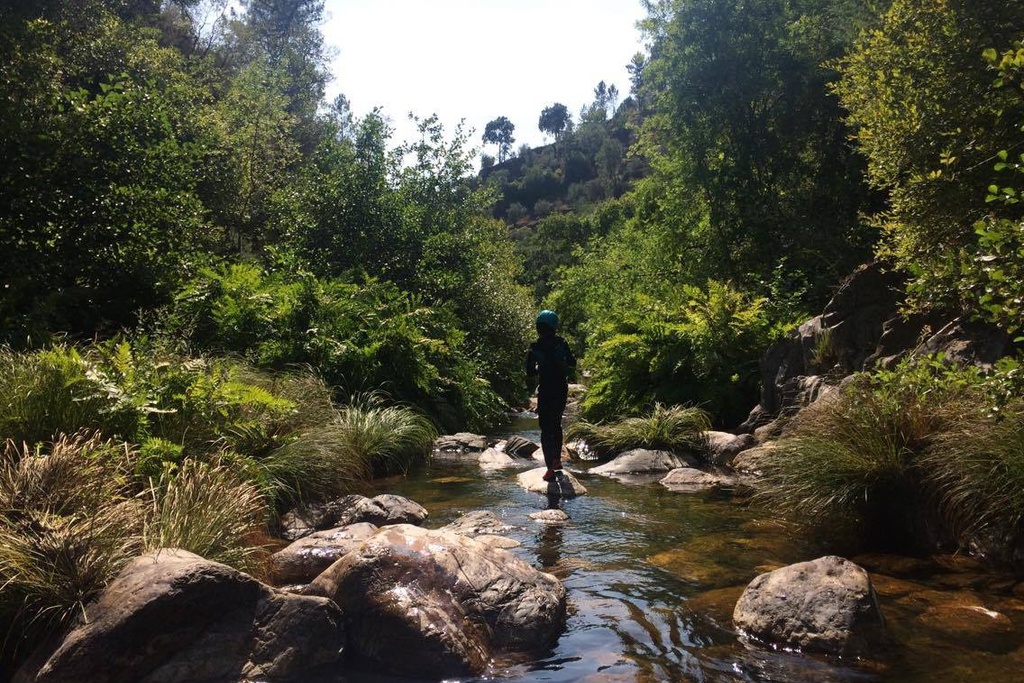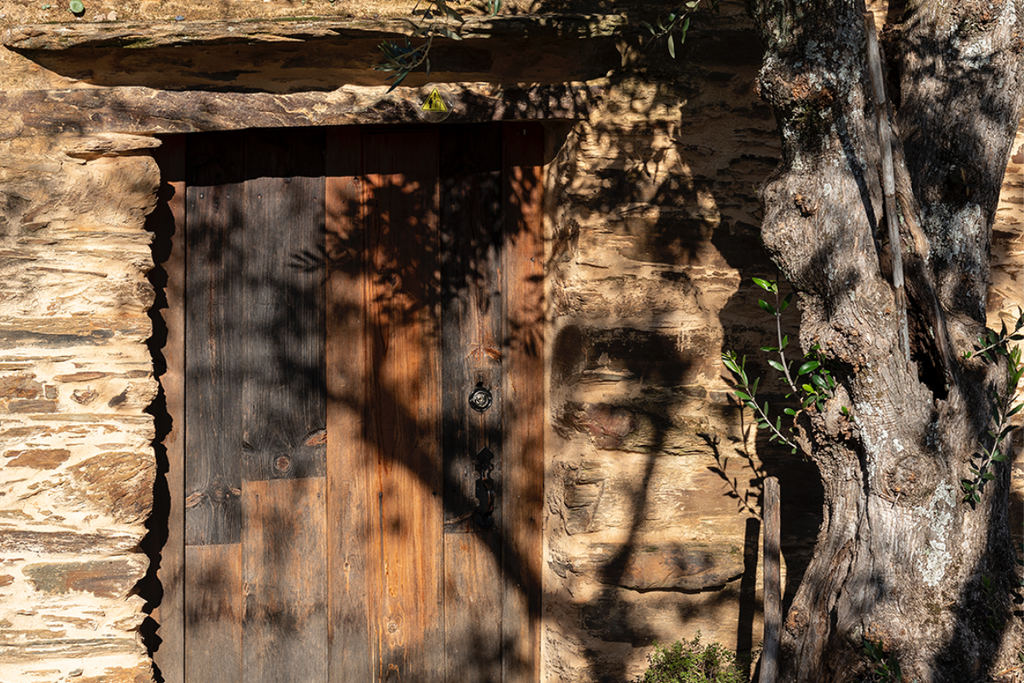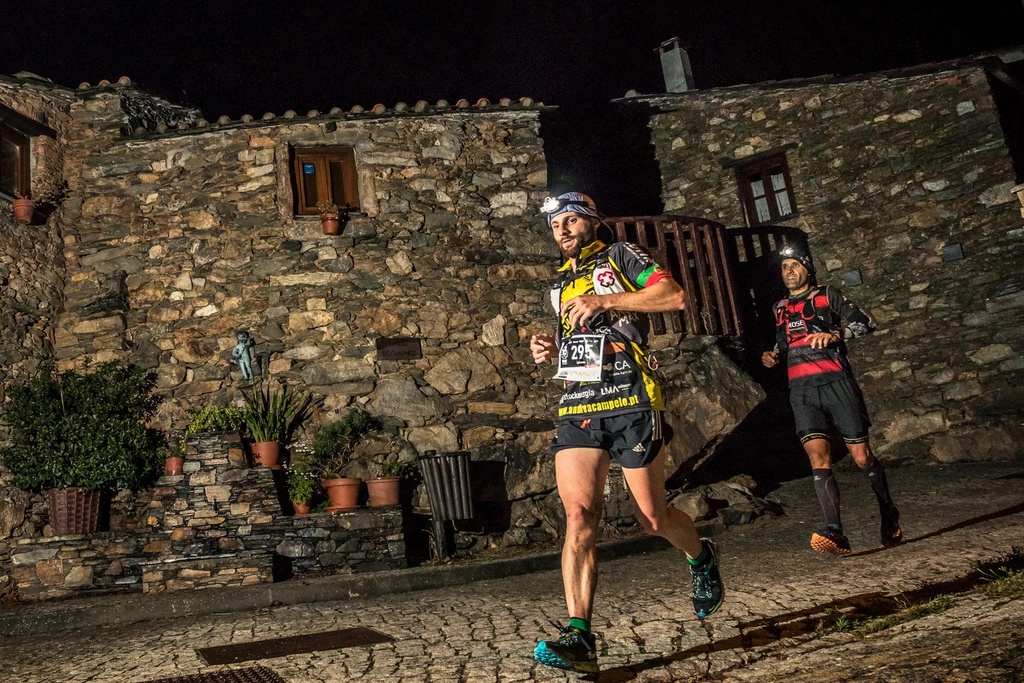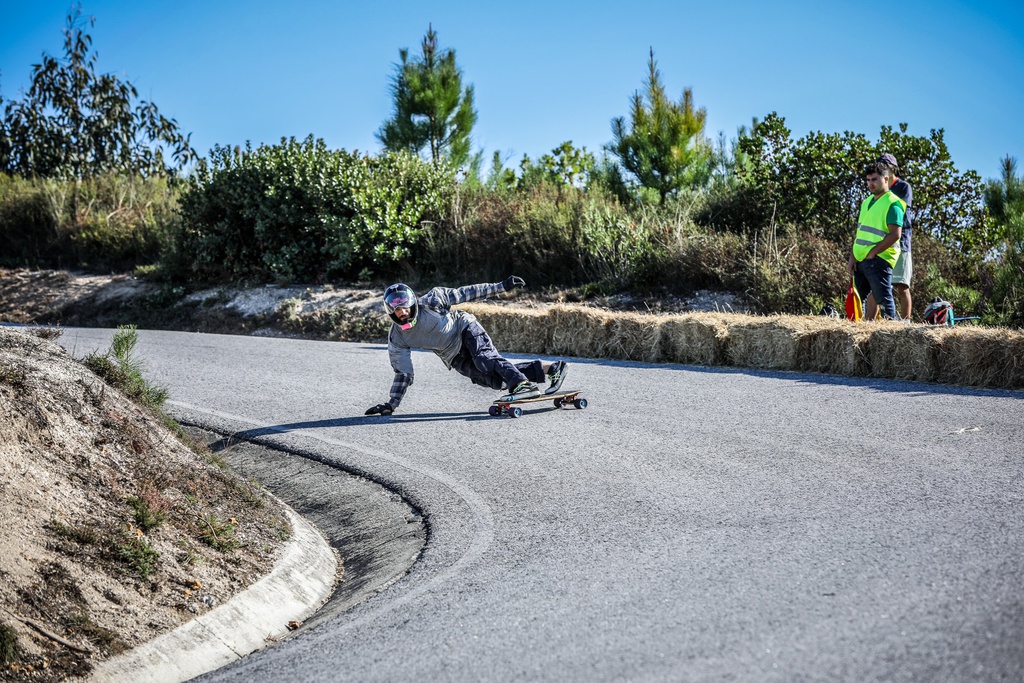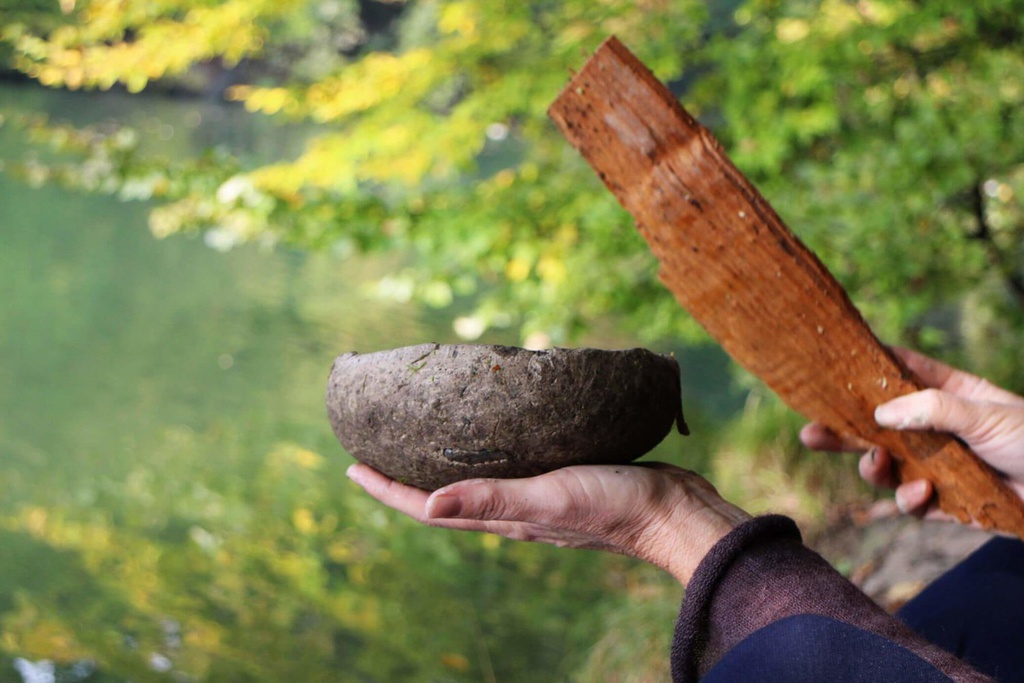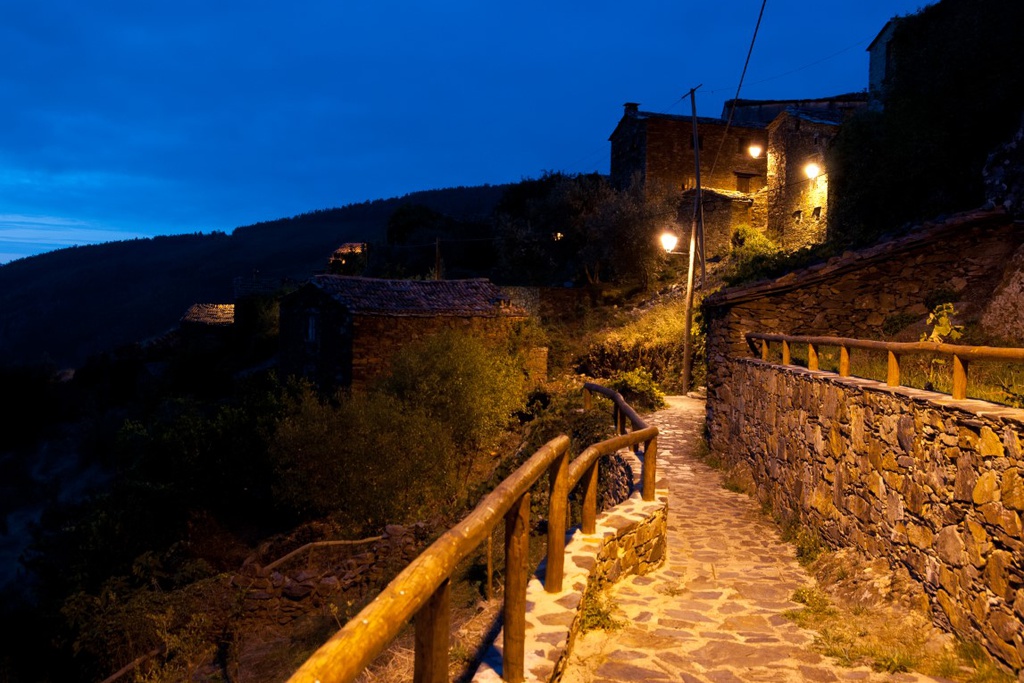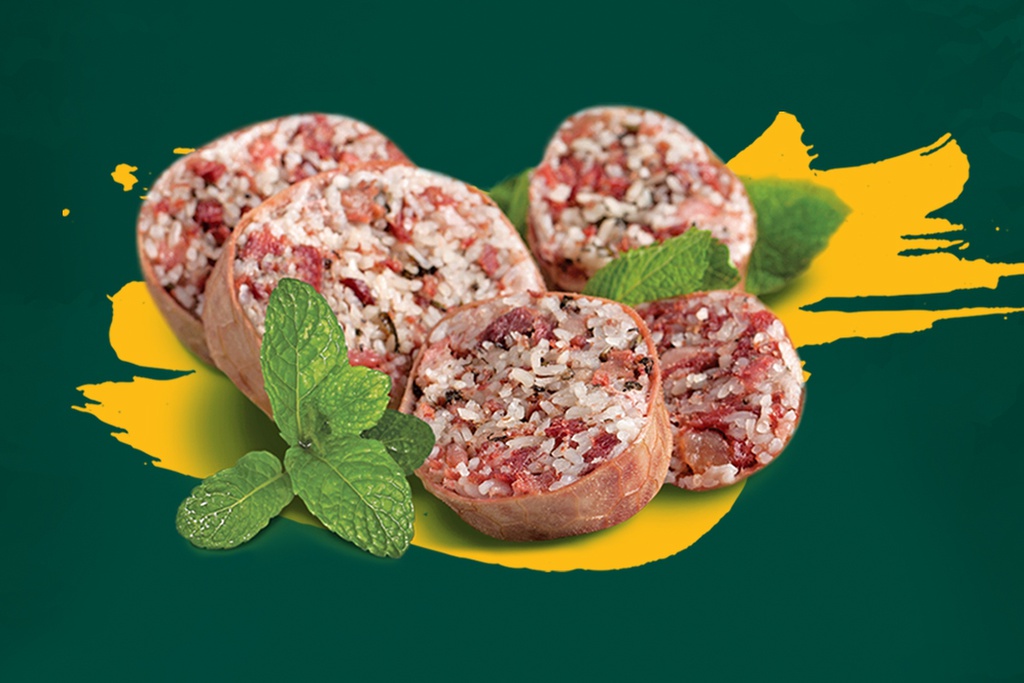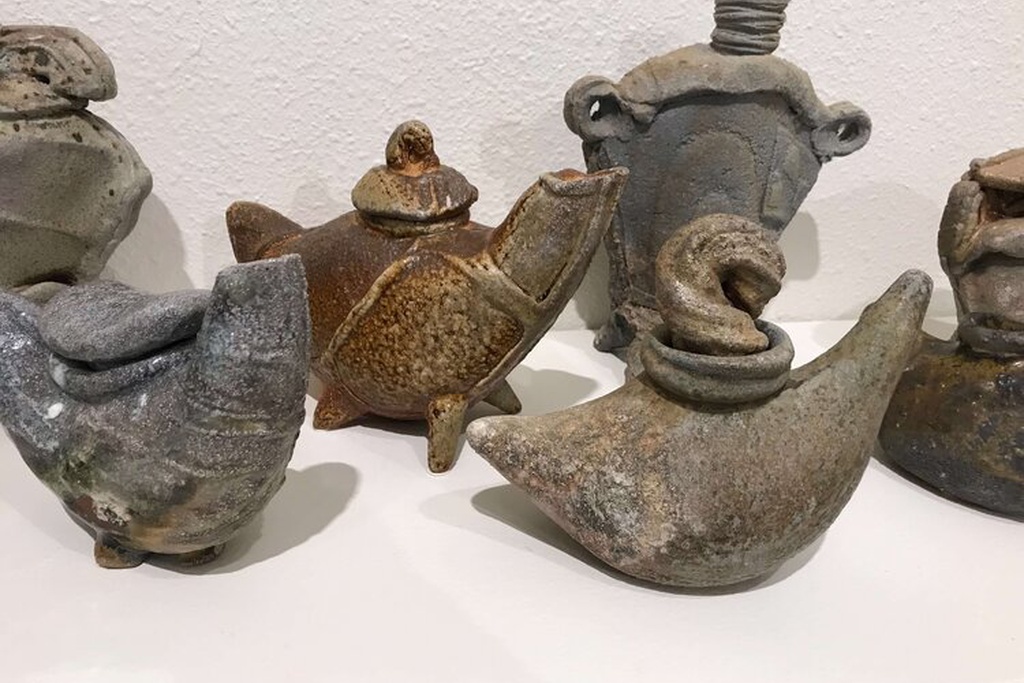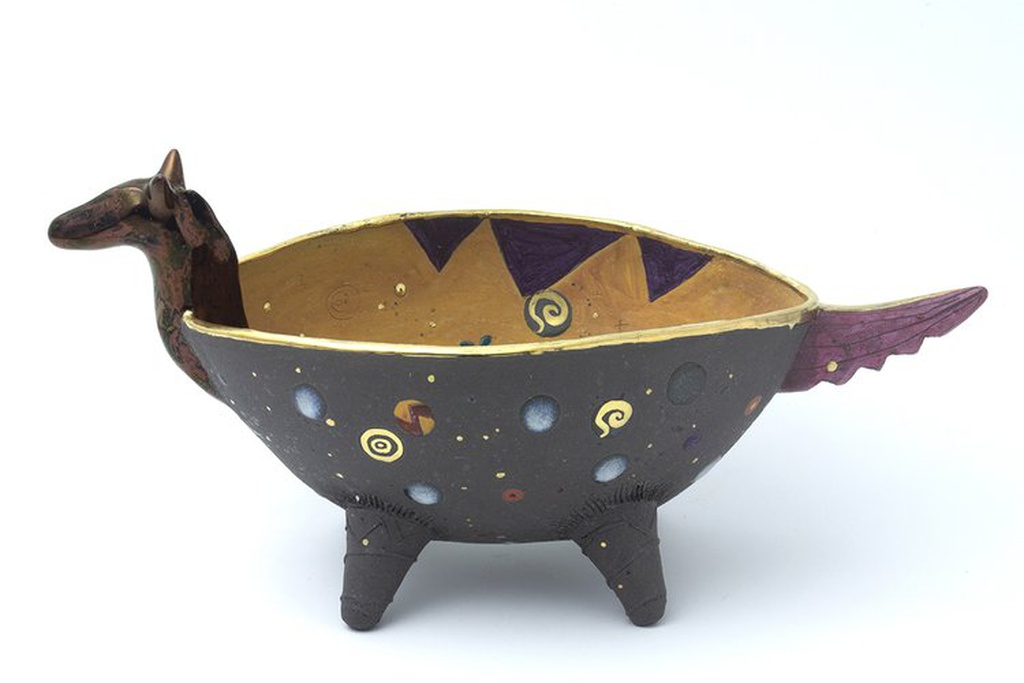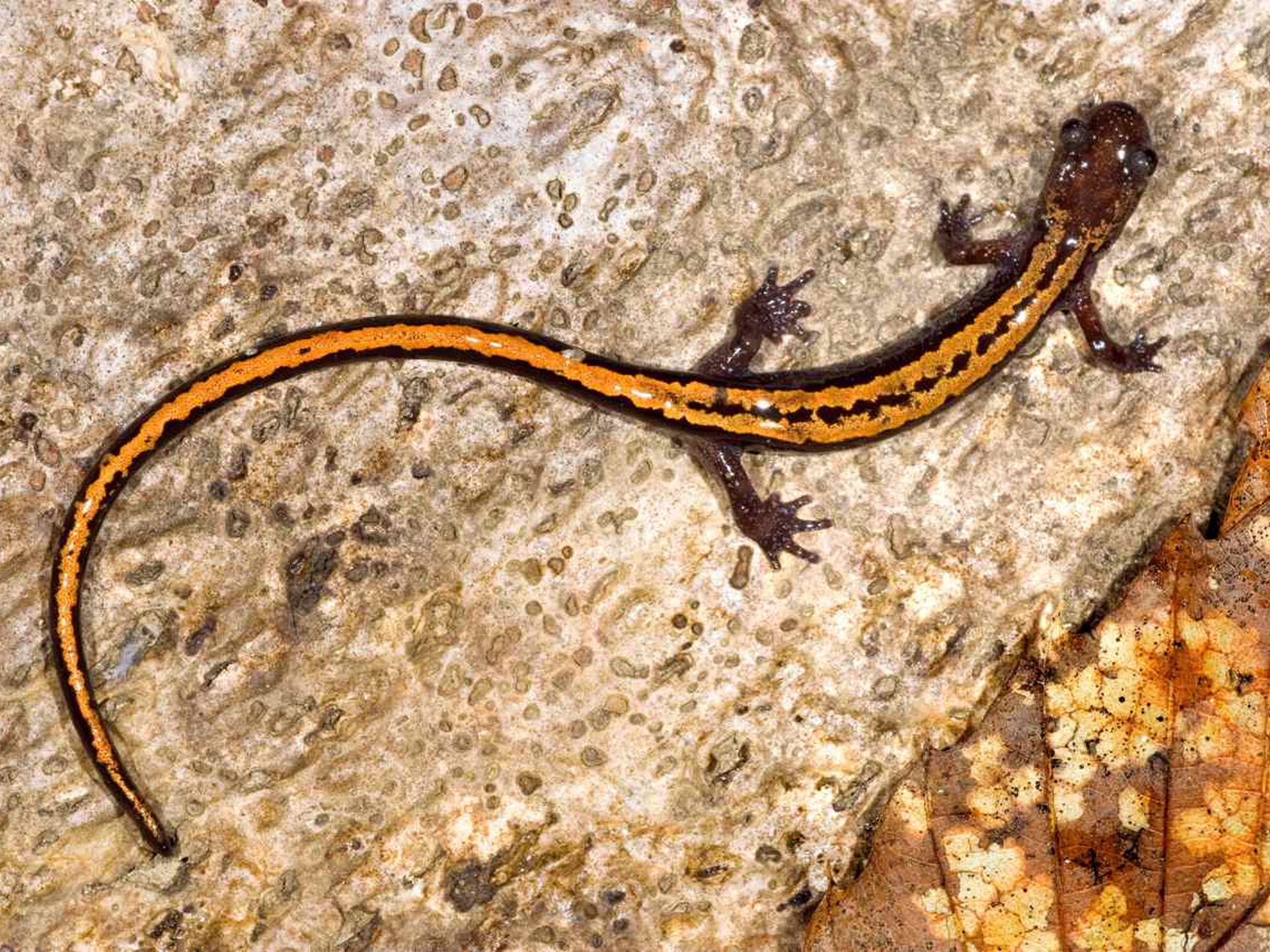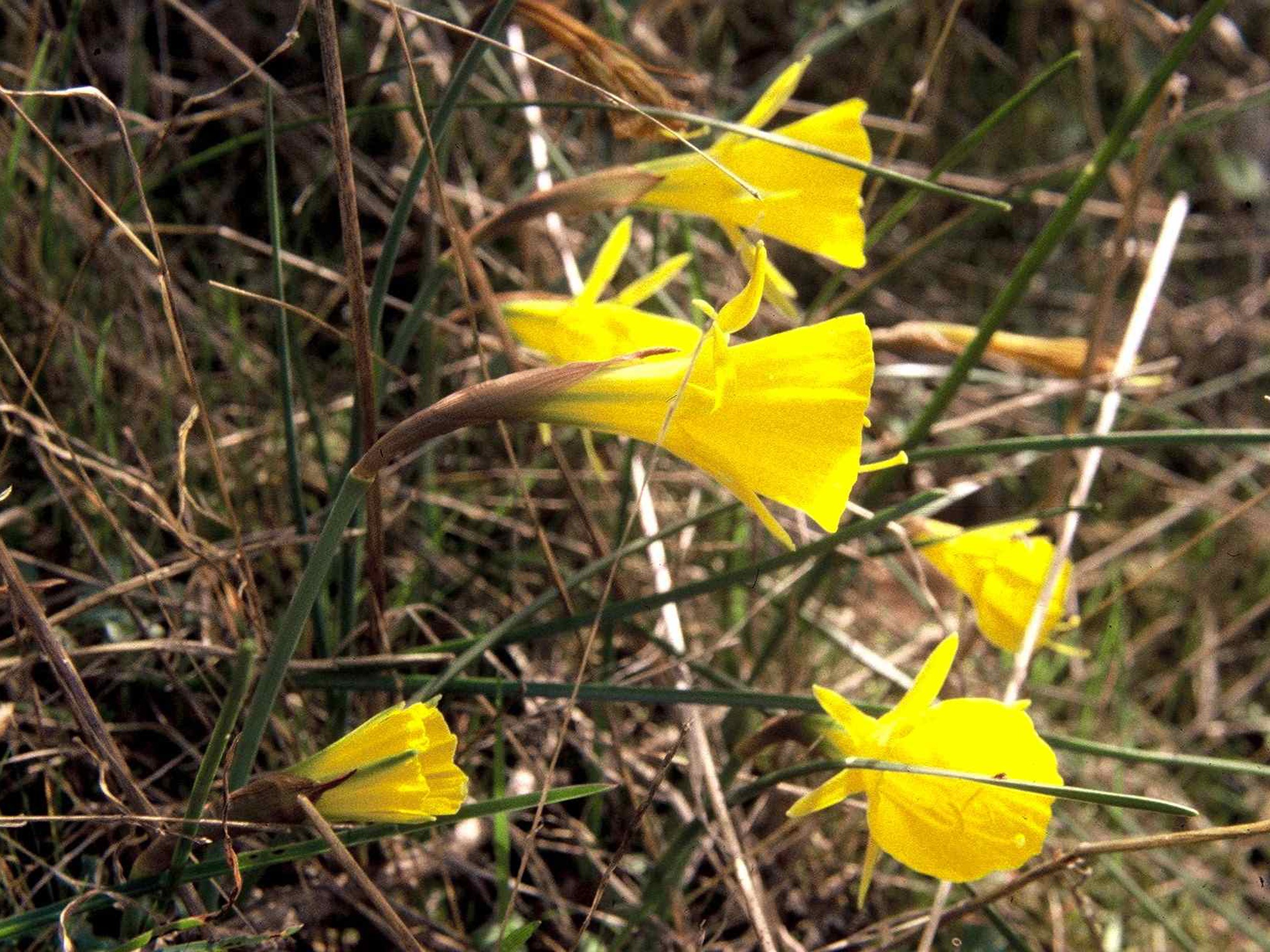Natura 2000 Network aims to ensure the long-term conservation of Europe’s most threatened species and habitats, helping to halt the loss of biodiversity. It is the main instrument for nature conservation in the European Union.
As well as covering the land it also covers the entire marine environment. It consists of the Special Protection Area (SPA), defined by the Birds Directive, created with the aim of conserving all naturally occurring bird species in the wild. And also by the Special Area of Conservation (SAC), defined by the Habitats Directive, the main objective of which is to help ensure the conservation of natural habitats and species of wild flora and fauna.
The legal framework of the Natura 2000 Network Serra da Lousã, included in the Mediterranean biogeographic region, was established by resolution of the council of ministers no. 76/00 of 5 July, covering an area of 15,158 hectares, in 5 counties of the Pinhal Interior Norte.
Due to the extreme terrain and climatic variations, the existing vegetation is very diverse, of note being the occurrence of holm oaks (Quercus rotundifolia) in the drier and sunnier areas, and the groves of common oaks (Quercus robur) and Pyrenean oaks (Quercus pyrenaica) in the wetter and colder areas. The Chestnut trees (Castanea sativa) are found close to populated areas
The various watercourses are of great importance for fauna species, such as the otter (Lutra lutra). The riverside vegetation is in a good state of preservation, with stands of alder (Alnus glutinosa) in abundance and communities dominated by the Portuguese laurel (Pruunus lusitanica), and holly (Ilex aquifolium). Also of note are species such as the daffodil (Narcissus bulbocodium and Narcissus triandus) and the yew (Taxus baccata).
The importance of patches of maritime pine (Pinus pinaster), and of some invasive plants such as eucalyptus (Eucalyptus globulus) and acacia/mimosa (Acacia dealbata) should also be mentioned.
It includes important areas for the conservation of the Iberian emerald Lizard (Lacerta schreiberi), Iberian Frog (Rana iberica), Marbled Newt (Triturus marmoratus) and the Golden-striped Salamander (Chioglossa lusitanica). Also of note are some highly rare species, such as the peregrine falcon (Falco peregrinus) and the greater horseshoe bat (Rhinolophus ferrumequinum).





